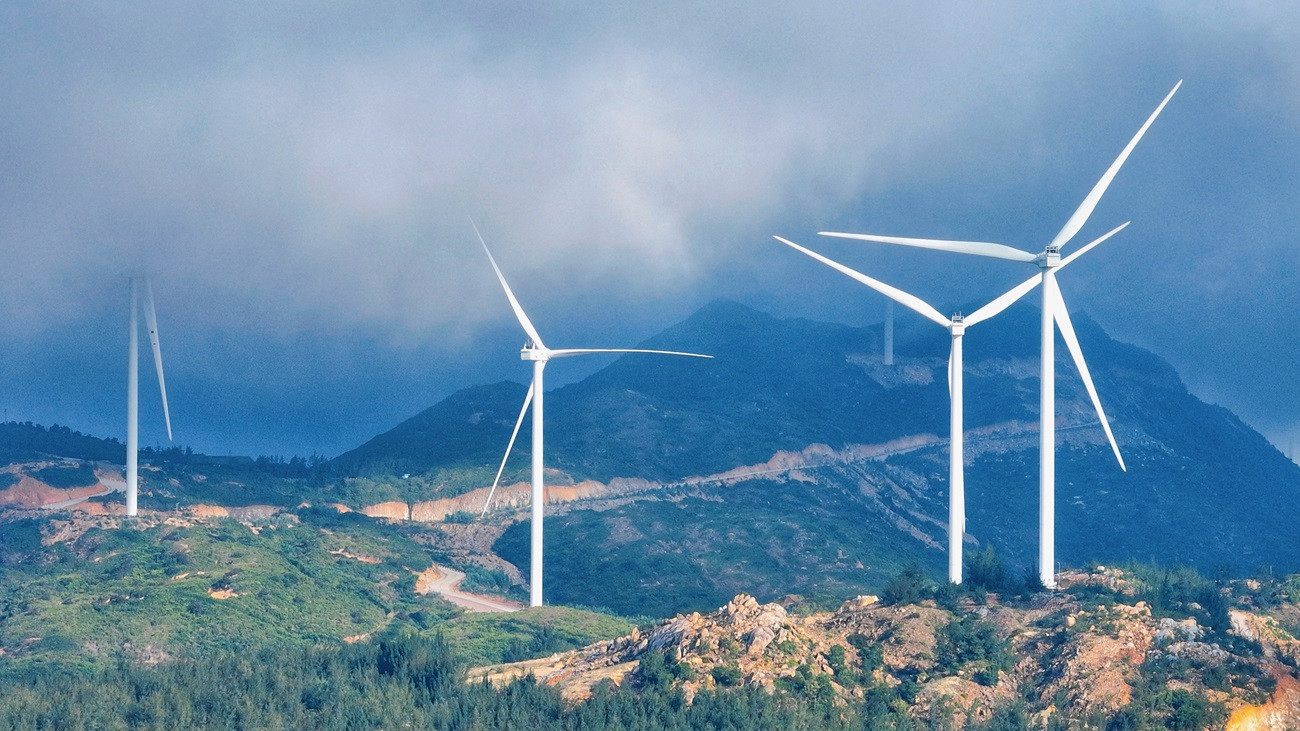
MOIT has sent the dossier of the draft Law on Electricity (amended) to the Ministry of Justice (MOJ) which mentions ways to encourage renewable and new energy.
The government has instructed MOIT to issue policies to encourage clean energy, including wind power, solar power, biomass power, waste-to-electricity, and small hydropower projects. This is based on the FIT (feed in tariff) pricing scheme.
The principle of the supportive electricity pricing policy is that electricity will be sold or purchased at FIT prices at electricity delivery points and Electricity of Vietnam (EVN) will prioritize using electricity from renewable sources.
Electricity generators and EVN, the only wholesale buyer, will sign PPAs (power purchase agreements) valid for 20 years.
The FIT was created after considering the experience of many countries with renewables market. Market conditions and support services are still insufficient, and the cost to develop renewables is higher than traditional electricity generation.
However, MOIT believes that the FIT policy should be applied only for a period to attract investment in some business fields.
Vietnam has now obtained achievements in renewables, so it would be better to change from support to competition policies. This will strengthen efficiency in electricity system management, create a competitive market, and ensure sustainable supply of electricity.
Noting that the FIT policy is no longer suitable to new conditions, MOIT said the encouragement of renewables should be via a flexible electricity generation price frame.
To support poor households, lists of households will be determined by provincial people’s committees (for direct financial support to households, or technical support).
As for offshore wind power, MOIT said with a coastline of more than 3,400 kilometers, Vietnam's wind resources (offshore wind power technical potential is estimated at 600 GW) are recognized as the best in Southeast Asia, ranking fifth in Asia and 13th in the world. However, the investment cost is high, about $2-3 billion per GW.
However, the problem is that it is still unclear whether the exploitation of natural resources for offshore wind power is covered by the Law on marine and island resources and the environment. Therefore, it is now difficult to institutionalize the Politburo’s Resolution 55 on groundbreaking policies to develop offshore wind power.
Luong Bang